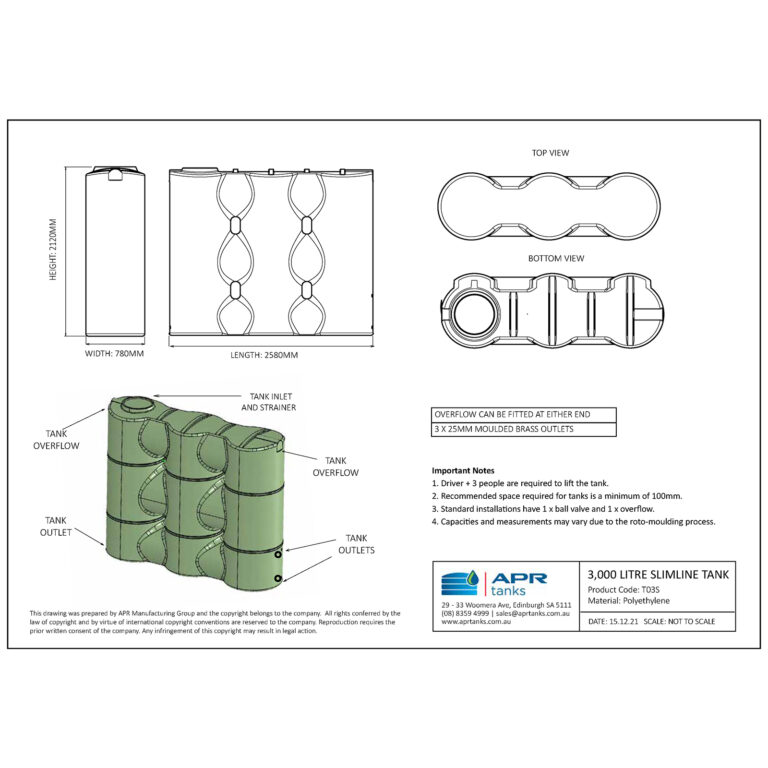Slimline Water Tanks: Space-Saving Solutions for Tiny Residences
Slimline Water Tanks: Space-Saving Solutions for Tiny Residences
Blog Article
Comprehending the Significance of Rain Containers in Drought-Prone Regions for Water Security
In regions vulnerable to prolonged droughts, the role of rain tanks in reinforcing water protection is a topic of expanding importance. As neighborhoods face the challenges of water shortage, understanding the value of these tanks goes past mere collection of rain. Rainwater containers function as a crucial tool in alleviating the effect of water shortages by giving a sustainable resource of water for various needs. Nonetheless, real value of rainwater containers extends much past simple storage; it incorporates resilience-building steps and the promotion of long-lasting water conservation techniques. This diverse technique to water safety and security warrants a better evaluation of the role rainwater containers play in guaranteeing a reliable water system during times of drought.
Advantages of Rain Storage Tanks
Using rainwater containers offers a lasting option for increasing supply of water and enhancing water safety and security in household and industrial settings. One of the key advantages of rain containers is their capability to minimize reliance on keys water supply. By catching and storing rain that drops on roofs, this alternative source can be used for different non-potable objectives such as irrigation, flushing bathrooms, and washing garments. This not just saves treated drinking water yet also lowers water expenses for customers.

Rain Harvesting Methods
Rain collecting techniques incorporate a variety of techniques developed to efficiently accumulate and store rainwater for numerous purposes, contributing to water conservation and sustainability. One typical technique is the installment of rooftop catchment systems, where rainwater is gathered from the roof of a structure and directed to a tank. This technique is fairly basic and cost-efficient. An additional prominent strategy is making use of above-ground or underground tank to keep rain for later usage. These tanks come in various sizes and products to match various needs and can be linked to the existing plumbing system for simple access.

Furthermore, rainfall gardens and permeable pavements are cutting-edge techniques that entail landscaping or paving surfaces in a way that permits rainwater to percolate into the ground, renewing groundwater books. Furthermore, contour farming and terracing are agricultural practices that assist record rainwater and protect against soil disintegration in sloping terrain. By implementing these diverse rain harvesting strategies, neighborhoods can boost water safety and resilience in drought-prone areas while advertising sustainable water monitoring practices.
Value of Water Security
Guaranteeing reliable accessibility to clean and adequate water sources is extremely important for sustaining human health, financial growth, and ecological wellness. Water security is an essential facet of social strength, especially in regions susceptible to droughts and look these up water deficiency. Ample water safety and security includes various dimensions, including accessibility, top quality, and ease of access of water for domestic, farming, commercial, and environmental demands.
Water safety and security plays a crucial role in promoting public health and wellness by reducing the prevalence of waterborne diseases and making certain hygiene centers. Economically, water protection is essential for agricultural productivity, commercial procedures, and total economic development. Slimline water tanks. Moreover, water safety is very closely connected to environmental sustainability, as it supports ecological communities, biodiversity, and overall eco-friendly equilibrium.
In drought-prone areas, water safety and security comes to be much more critical as a result of the increased danger of water lacks. Carrying out strategies like rainwater harvesting, water recycling, and efficient water administration practices can significantly enhance water safety in these locations. By prioritizing water safety, neighborhoods can much better stand up to the influences of environment adjustment, population growth, and other obstacles that endanger water schedule.
Enhancing Water Resilience
With raising worldwide water challenges, developing strength in water supply has actually come to why not try this out be a crucial emphasis for lasting advancement efforts. Enhancing water strength includes carrying out techniques to guarantee water schedule and quality despite altering ecological conditions, such as dry spells, floods, and pollution.
One key aspect of improving water resilience is advertising the use of rain storage tanks in drought-prone regions - Slimline water tanks. Rain storage tanks act as an efficient methods of recording and storing rainwater for later use, reducing dependence on scarce freshwater resources throughout dry durations. By including rain harvesting systems right into water monitoring strategies, neighborhoods can improve their ability to hold up against water deficiency and maintain water protection

Lasting Water Conservation
In the middle of rising water challenges, the sensible monitoring of water resources through sustainable preservation practices is essential for ensuring lasting ecological stability and social well-being. Sustainable water conservation involves the effective use water resources to fulfill present requirements without compromising the ability of future generations to meet their own requirements. By implementing strategies such as rain harvesting, greywater recycling, and water-efficient innovations, areas can decrease water wastefulness and relieve pressure on freshwater resources.
Furthermore, lasting water preservation methods add to ecosystem wellness by maintaining appropriate water levels in rivers, lakes, and marshes, sustaining biodiversity, and preserving all-natural habitats. These techniques additionally play a critical duty in minimizing the impacts of climate modification by aiding to adjust to transforming rainfall patterns and water availability.

Conclusion
In conclusion, rainwater storage tanks play a critical function in boosting water safety and resilience in drought-prone regions. By utilizing rainwater harvesting techniques, areas can minimize their dependence on typical water sources and advertise lasting water preservation methods. This not just helps mitigate the effects of water shortage during droughts yet likewise adds to lasting water security and durability despite climate modification difficulties.
Report this page